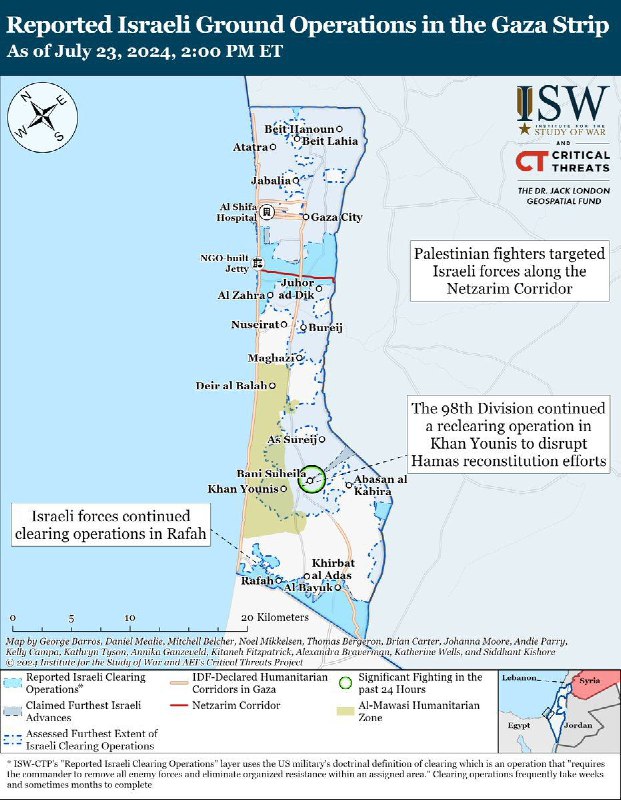
The United States, Israel, and the UAE have put forth a new post-war governance vision for the Gaza Strip that diverges from the plan agreed upon by Hamas and Fatah during a recent meeting in Beijing. This alternative vision, as outlined by CTP-ISW, aims to establish non-Hamas security forces in Gaza with the support of the UAE, potentially leading to a situation where Hamas is marginalized or even defeated militarily.
According to the analysis by CTP-ISW, the US-Israeli-UAE plan could effectively advance Israeli war aims by creating a security apparatus in Gaza that is not under Hamas control. This stands in contrast to the Beijing proposal, which would likely result in Hamas maintaining its monopoly on violence in the region, thereby solidifying its influence over governance even in a multi-party structure.
The concern with allowing Hamas to retain a monopoly on violence is that the group could potentially dominate any technocratic government that is established, as previously assessed by CTP-ISW. This would ultimately result in an Israeli defeat, as Hamas would maintain de facto control over the Gaza Strip.
The US-Israeli-UAE plan presents a potential alternative to the status quo in Gaza, one that could lead to a more stable and secure future for the region. However, the complexities of the situation and the involvement of various actors make the outcome uncertain. As the situation continues to evolve, it will be crucial to closely monitor developments and assess the implications of these competing governance visions for the future of Gaza.